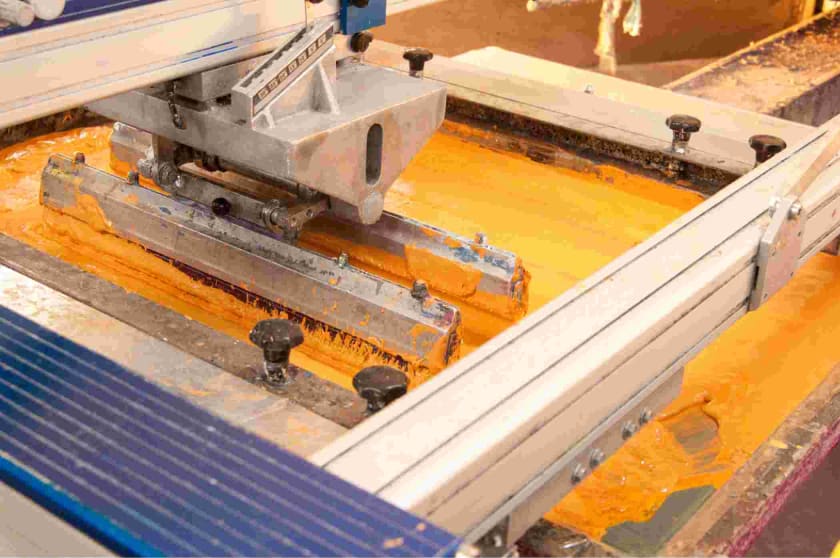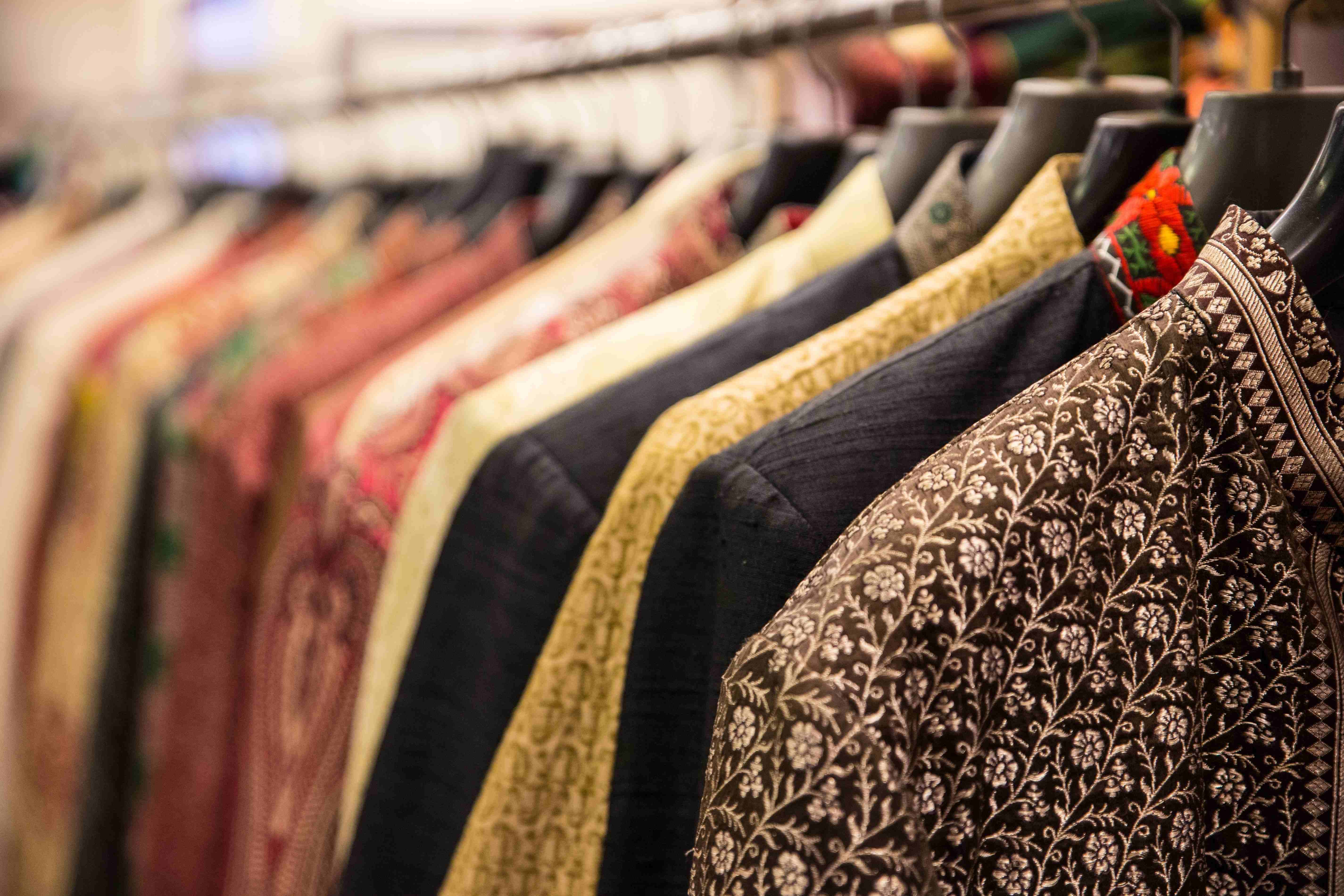Garments Printing 101: Everything You Need To Know



If you are the owner of a garment business, you need to know how to make your products look more attractive to customers. You can make simple garments, such as t-shirts, more glamorous by printing cute images on the fabric. You can also customize your products through garments printing, meeting the demands of your customers, which will contribute to further popularizing your brand.
Different types of procedures can be used for printing garments. However, only screen printing and Direct to Garment printing (DTG) are the most popular methods that are commercially used by all garment industries.
What is screen printing on garments?
Screen printing is also called silkscreen printing or serigraphy due to the high quality of the finished product. It is believed to be the oldest method of garments printing and it is still the most popular one even though it consumes too much time.
It is a manual process that is accomplished with the help of a stencil, nylon mesh, a waterproof screen, and ink. A stencil is prepared from transparent foil, based on the design chosen to be printed on a garment. The nylon mesh keeps the stencil in the right position and the waterproof screen is used to prevent the ink from staining unwanted parts of the garment.
Then the ink is evenly spread over the stencil with the help of a squeezee, to imprint the chosen design on the fabric. A separate stencil is used for printing each dye of distinct color, which demands a lot of accuracy and carefulness while printing. Now, software tools, like CorelDraw or Adobe Illustrator, are applied to create multicolored designs for screen printing. Accurate geometric patterns of specific sizes are chosen for making designs for silkscreen printing.
What is the procedure for Direct to Garment printing?
This method is highly preferred by experts as it is easier and swifter than screen printing. Only a textile printer of the latest model and ink are needed for this printing process. It resembles the procedure of paper printing and designs need to be created and saved on a computer before applying to fabrics. Thus, garments designers can work with even the most complicated designs to beautify their products.
Adobe Photoshop is the software used for drawing accurate garment designs on the computer screen. It also helps in transferring the design with all its minute details to the textile printer, to imprint designs perfectly on garments. The ink of very low density is used for this type of printing, to imprint even the minutest details on garments. However, you need to use only the best quality textile printer; otherwise, designs will appear as faint dots due to the incapability of a weak printer.
Comparison of the pros and cons of screen printing and DTG printing

| Type of garments printing | Benefits | Shortcomings |
| Screen printing | Quite cheap and can be used for accomplishing bulk ordersThe ink is fully absorbed into the fabric, resulting in brighter and more durable designs.A screen can be used again and again for printing the same kind of designs.This printing method can be done on almost all fabrics. | The process of spreading ink over the screen may create a mess.The screen printing operation demands a large space, which should be dust-free.The use of multiple colors makes this printing process quite complicated due to the use of different screens.This method demands high-quality expertise. |
| Direct to Garment printing | All types of complex designs of different colors can be printed easily.It is a very quick procedure, which is fit for accomplishing very large orders of garment companies.Does not need large space for printing, as compact printers are used.No risk of spilling ink and thus, it is not a messy affair. | This printing method is best applied only to cotton garments. Designs do not look bright on other fabrics.DTG printers are very expensive, making this printing method out of reach for small garment business owners.Users need to clean and properly maintain DTG printers, which should be done by following the manufacturer’s manual. |
There are other procedures of garments printing, which are less popular among the owners of the garments industry but used by many small business owners in this sector. Dye sublimation is useful for printing large designs on light fabrics, though it is a costly method. Heat press printing is suitable for small garments businesses that deal with t-shirts and similar products on a small scale. Heat transfer vinyl is effective for printing small logos, simple images, or quotes on garments. CAD cut printing is generally used for imprinting names and numbers of players on their t-shirts. Plastisol transfer is useful for t-shirt makers who do not own a factory for making their garments and need to outsource printing services. So, owners of garments businesses have many options for printing their products with attractive designs.



















